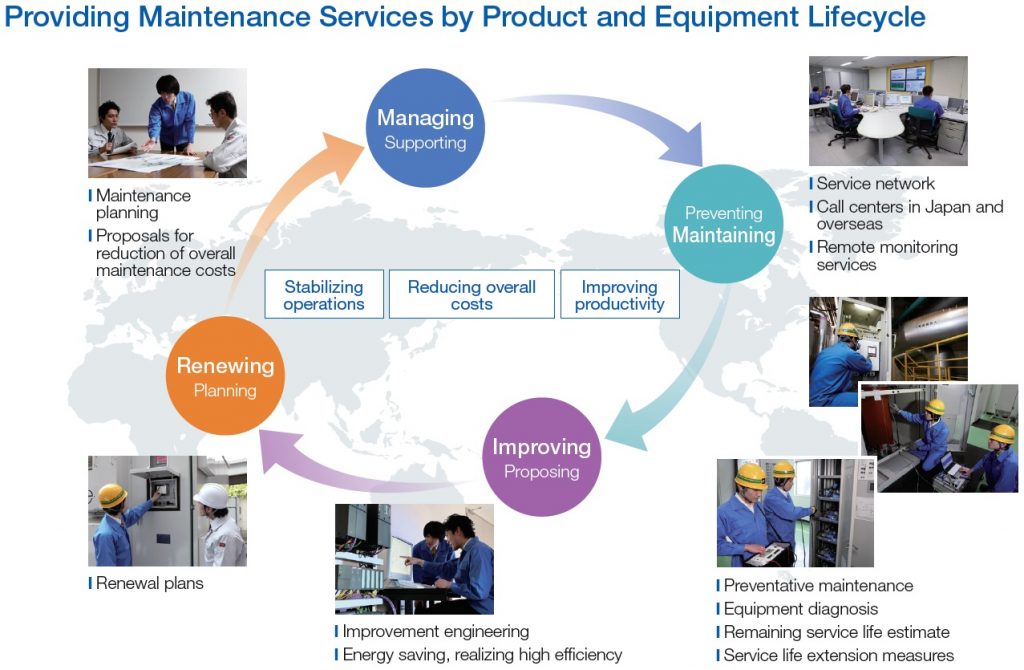1. EXECUTIVE SUMMARY
-
CVSS v3 7.3
- Vendor: Fuji Electric
- Equipment: Fuji Electric Energy Savings Estimator
- Vulnerability: Uncontrolled Search Path Element
2. RISK EVALUATION
Successful exploitation of this vulnerability may allow an attacker to load a malicious DLL and execute code on the affected system with the same privileges as the application that loaded the malicious DLL.
3. TECHNICAL DETAILS
3.1 AFFECTED PRODUCTS
The following versions of Fuji Electric Smart Security Manager, a software management platform, are affected:
- Fuji Electric Energy Savings Estimator Versions V.1.0.2.0 and prior.
3.2 VULNERABILITY OVERVIEW
3.2.1 UNCONTROLLED SEARCH PATH ELEMENT CWE-427
An uncontrolled search path element (DLL Hijacking) vulnerability has been identified. Exploitation of this vulnerability could give an attacker access to the system with the same level of privilege as the application that utilizes the malicious DLL.
CVE-2018-14812 has been assigned to this vulnerability. A CVSS v3 base score of 7.3 has been calculated; the CVSS vector string is (AV:L/AC:L/PR:L/UI:R/S:U/C:H/I:H/A:H).
3.3 BACKGROUND
- CRITICAL INFRASTRUCTURE SECTOR: Critical Manufacturing
- COUNTRIES/AREAS DEPLOYED: Worldwide
- COMPANY HEADQUARTERS LOCATION: Japan
3.4 RESEARCHER
Researcher Karn Ganeshen reported this vulnerability to NCCIC.
4. MITIGATIONS
Fuji Electric has released Version V.1.0.2.1 of the software that can be downloaded from:
https://americas.fujielectric.com/engineers-room/online-tools/
NCCIC reminds organizations to perform proper impact analysis and risk assessment prior to deploying defensive measures.
NCCIC also provides a section for control systems security recommended practices on the ICS-CERT web page. Several recommended practices are available for reading and download, including Improving Industrial Control Systems Cybersecurity with Defense-in-Depth Strategies.
Additional mitigation guidance and recommended practices are publicly available on the ICS-CERT website in the Technical Information Paper, ICS-TIP-12-146-01B–Targeted Cyber Intrusion Detection and Mitigation Strategies.
Organizations observing any suspected malicious activity should follow their established internal procedures and report their findings to NCCIC for tracking and correlation against other incidents.
NCCIC also recommends that users take the following measures to protect themselves from social engineering attacks:
- Do not click web links or open unsolicited attachments in email messages.
- Refer to Recognizing and Avoiding Email Scams for more information on avoiding email scams.
- Refer to Avoiding Social Engineering and Phishing Attacks for more information on social engineering attacks.
No known public exploits specifically target this vulnerability. This vulnerability is not exploitable remotely. High skill level is needed to exploit.
Source:
https://ics-cert.us-cert.gov/advisories/ICSA-18-282-07
